
Rare Disease
Latest News
Latest Videos

CME Content
More News

Federal incentives fail to spur development of new drugs to treat rare diseases; alcohol-related deaths have risen steadily over the past several years; will CMS stop auto-enrolling low-income individuals in exchange health plans?
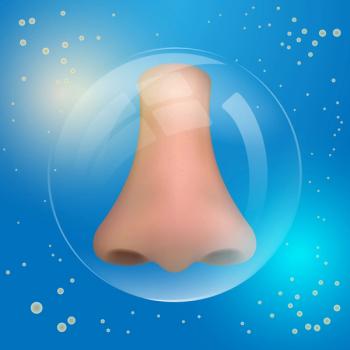
Researchers determined that patients with Wolfram syndrome have impaired smell identification abilities and blunted perceptions of certain taste stimuli, according to a study published in the Orphanet Journal of Rare Diseases.

The Rare Genomics Institute, a nonprofit patient advocacy group, announced it will launch its new RareWear program, marking 2020’s International Rare Disease Day. The program works with patients who have rare diseases to connect them with medical device providers specializing in technology for monitoring and managing conditions. Once matched, patients will receive a device for free from medical device technology providers Bodimetrics, Biotricity, or Strados Labs.

When we looked at the pre-treatment creatinine data, we found that African Americans were more likely to have abnormal results and white patients were more likely to have normal results–these differences were statistically significant, said Abby Statler, PhD, MPH, MA, research associate at Cleveland Clinic.

Our outcomes suggest that eligibility criteria for patients with MDS relevant to liver function, renal function, and comorbidities may be relaxed, especially for those who have minor renal function abnormalities who have shown to have similar clinical outcomes to those without such abnormalities, said Abby Statler, PhD, MPH, MA, research associate at Cleveland Clinic.

Investigators say that inconsistencies in the way rare diseases are defined contribute to misdiagnoses, delayed treatment, and other ills that could be addressed with global standards.
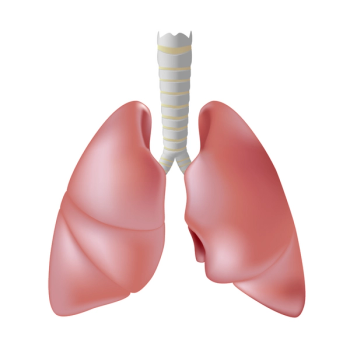
A systematic review and meta-analysis of 10 studies to evaluate the efficacy and safety of pharmacological treatments for lymphangioleiomyomatosis yielded mixed results, according to the findings published in Respiratory Research.

Biomedical engineers at Duke University constructed an advanced disease model for blood vessels prompting insights into Hutchinson-Gilford progeria syndrome, according to a study published in Stem Cell Reports.

Scientists say they know which isoform of a key protein is most likely to lead to a rare type of muscular dystrophy.

Cancer cells present in skin lesions resulting from mycosis fungoides originate from the blood, disproving previously held hypotheses regarding the disease’s pathogenesis, according to a study published in the American Society of Hematology’s Blood.
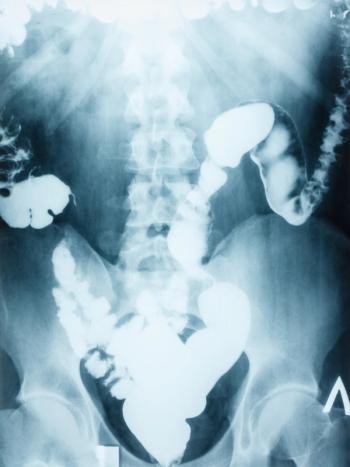
The case study involved a 61-year-old obese Caucasian male with a medical history of smoking, hypertension, chronic obstructive pulmonary disease, and sleep apnea who initially presented to the hematology clinic with polycythemia.

Ipsen, a French pharmaceutical company based in Paris, announced it has paused studies conducted on a drug used to treat Fibrodysplasia ossificans progressive (FOP).

Researchers recently discovered a sensitive and specific biomarker that may enable early diagnosis, treatment, and public awareness of spotted fever rickettsial infections, including Mediterranean spotted fever (MSF), according to a study published in the American Journal of Pathology.

Patients with myelofibrosis can see their quality of life impacted in a range of ways with various symptoms, said Ruben Mesa, MD, director of UT Health San Antonio MD Anderson Cancer Center.

A study published in JCI Insight determined miR-543, an RNA gene, plays a significant role in the epigenetic landscape of myelofibrosis, specifically via its targeting of the dioxygenases ten-eleven translocation 1 and 2.
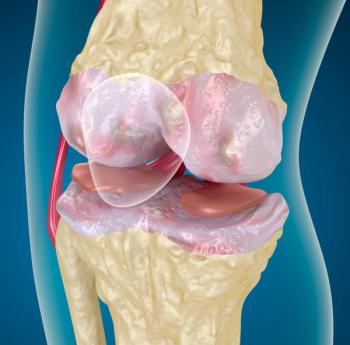
Despite challenges of rare disease drug development, genetic skeletal disorder (GSD) therapies continue to be developed through novel approaches such as drug repurposing and in-utero stem cell transplants, according to a recent review.

A study investigating the clinical phenotype of acute graft-versus-host disease (GVHD) in children reveals that one-third of pediatric patients with the disease are not successfully treated with steroids as a primary GVHD therapy.

This week, the FDA’s Center for Drug Evaluation and Research (CDER) released its annual report, Advancing Health Through Innovation: New Drug Therapy Approvals, outlining new drugs approved or marketed in America for the first time.
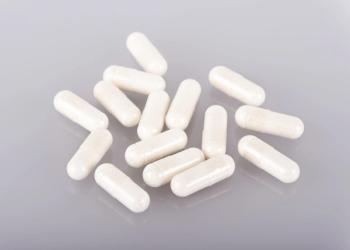
In the first clinical trial of its kind, Danish researchers investigated the efficacy of a combination treatment of ruxolitinib and low-dose pegylated interferon-α2 (PEG-INF α2) in patients with polycythemia vera and myelofibrosis, according to a study published in Haematologica.

Quality of life is an important end point in clinical trials, and it is important to discuss that with regulatory agencies, said Ruben Mesa, MD, director of UT Health San Antonio MD Anderson Cancer Center.
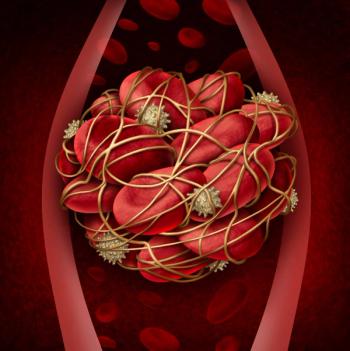
Thrombotic events are a significant cause of morbidity and mortality for patients with polycythemia vera (PV), and previous reports have shown a significant correlation between elevated white blood cell (WBC) count and thrombotic events. A recently published study among patients treated in the US Veterans Health Administration (VHA) has now substantiated those findings, suggesting that controlling WBC count should be an important facet of managing PV.
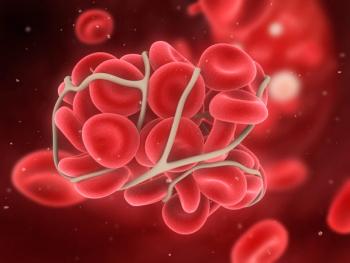
Splenomegaly, or enlargement of the spleen, is common in patients with Philadelphia-negative myeloproliferative neoplasms, and it is associated with symptoms like early satiety and abdominal pain. The role that splenomegaly has in terms of quality of life and prognosis in primary myelofibrosis is fairly well understood, but it has been less frequently investigated among patients with essential thrombocythemia (ET) and polycythemia vera (PV).

Symptoms are not random chance—they have a real link to biological drivers of the disease and understanding them is important, said Ruben Mesa, MD, director of UT Health San Antonio MD Anderson Cancer Center.

Novartis hopes to distribute Zolgensma, its pricey spinal muscular atrophy drug, via lottery; Merck receives FDA approval for its Ebola vaccine, Ervebo; a new law in California hopes to resurrect compassionate use cannabis programs.

To avoid the toxicities associated with use of chemotherapy, there has been progress in developing and utilizing chemotherapy-free therapies to treat mantle cell lymphoma, said Michael Wang, MD, professor in the Department of Lymphoma and Myeloma at MD Anderson.























































